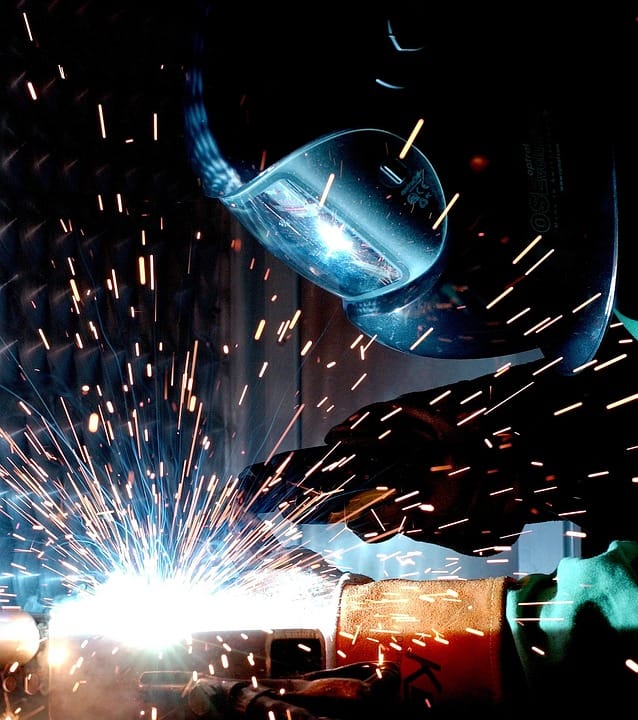From Hash to Blocks: How Proof of Work Cryptocurrencies Validate Transactions and Secure the Network
In the world of cryptocurrencies, security and validation of transactions are crucial for maintaining the integrity of the network. One of the most popular consensus mechanisms used to achieve this is Proof of Work (PoW). This algorithm is used by many notable cryptocurrencies, including Bitcoin, Litecoin, and Ethereum.
In this article, we’ll delve into the world of Proof of Work, explaining how it helps validate transactions and secure the network. We’ll also explore the underlying mechanisms, from hash functions to blocks, and provide a comprehensive overview of the entire process.
What is Proof of Work?
Proof of Work is a consensus mechanism that requires miners to perform a significant amount of computational work to validate transactions and secure the network. The process is designed to ensure that a single entity or a group of entities cannot control the network, making it a decentralized and secure system.
Hash Functions: The Starting Point
The journey begins with hash functions, which are mathematical algorithms that take a piece of data (such as a transaction) and produce a fixed-length, unique string of characters known as a "hash." This hash is often represented as a long series of alphanumeric characters, making it difficult to reverse-engineer or alter the original data.
In the context of Proof of Work, the hash function is used to verify the integrity of transactions. When a transaction is sent to the network, it is combined with a random value known as a "nonce" and a "target hash." The nonce is used to prevent an attacker from reusing the same transaction multiple times, and the target hash is a predetermined value set by the network.
The Mining Process: Solving the Puzzle
Miners, who are individuals or organizations with powerful computing equipment, use specialized software to solve a complex mathematical puzzle. The puzzle is created by applying a hash function to the transaction, nonce, and target hash. The resulting hash must meet a specific criteria, known as the "target difficulty."
To solve the puzzle, miners use Graphics Processing Units (GPUs) or Application-Specific Integrated Circuits (ASICs) to perform an exhaustive search for a hash that meets the target difficulty. This process is known as "hashing" and requires a vast amount of computational power.
Confirmation and Block Formation
When a miner successfully solves the puzzle, they are rewarded with a block of transactions, which is a collection of transactions sent to the network. This block is then broadcast to the network, where other nodes verify the transactions and ensure that they are valid.
A node is a computer or device that connects to the network and collects, verifies, and forwards transactions to other nodes. By doing so, nodes help to spread the transactions throughout the network, ensuring that they are propagated to all participants.
The Block Reward: Incentivizing Miners
To incentivize miners to continue performing the complex calculations required to validate transactions, each block is rewarded with a certain number of new coins. This reward is also known as the "block reward" and is designed to encourage miners to continue validating transactions and securing the network.
Blockchain: The Immutable Ledger
The blockchain is an essential component of the Proof of Work system. It is a transparent, public ledger that records all transactions in the network, ensuring that they are secure, irreversible, and owned by the entire network. The blockchain is updated in real-time, providing a permanent and unalterable record of all transactions.
The Benefits of Proof of Work
Proof of Work has several advantages, including:
- Security: The algorithm is designed to make it computationally difficult to attack the network, making it highly secure.
- Decentralization: The complex calculations required to validate transactions and secure the network ensure that no single entity can control the network.
- Consensus: The concurrent validation of transactions by multiple nodes leads to a consensus among all participants, ensuring that the network is consistently updated.
- Incentives: The block reward incentivizes miners to continue contributing to the security and validation of the network.
Conclusion
In conclusion, Proof of Work is a fundamental component of many cryptocurrencies, providing a secure and decentralized platform for transaction validation and network security. By leveraging the collective power of computational resources, miners are able to validate transactions, secure the network, and create new blocks, which are then added to the blockchain.
FAQs
Q: What is the purpose of a hash function in Proof of Work?
A: The hash function is used to verify the integrity of transactions by creating a fixed-length, unique string of characters that represents the transaction.
Q: What is the role of miners in Proof of Work?
A: Miners use powerful computing equipment to solve complex mathematical puzzles, validating transactions and securing the network.
Q: Why is the blockchain an important component of Proof of Work?
A: The blockchain is a transparent, public ledger that records all transactions in the network, ensuring that they are secure, irreversible, and owned by the entire network.
Q: What is the block reward in Proof of Work?
A: The block reward is a certain number of new coins given to the miner who successfully solves the puzzle and adds a new block to the blockchain.
Q: Is Proof of Work compatible with other cryptocurrencies?
A: Yes, many notable cryptocurrencies, such as Bitcoin, Litecoin, and Ethereum, use Proof of Work as their consensus algorithm.

Leave a Reply